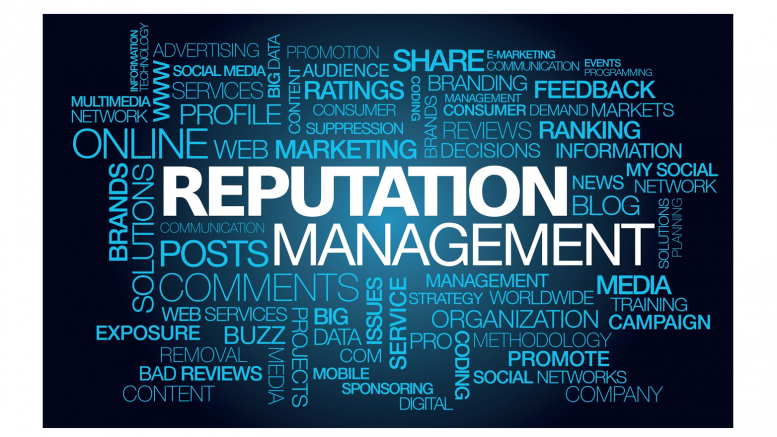It is exciting to see that the theme of PRAXIS 2023, to be held in Chennai in September this year, is Reputation Management – The Big Picture. It is a topic or domain that CXOs or Top Management depend on us for. They need our expertise in insulating the business and balance sheet through the fencing of a strong brand reputation. Different CXOs within an organisation rely on our understanding and management of brand reputation so that they find it “easy to do business” with their stakeholders. The corridors of Corporate Communications, Communication Agencies, Measurement & Data Analytics firms, and Business School talent factories have massive collective and individual responsibilities to help organisations build and sustain their corporate or product brand’s reputation.
This needs a combination of two things:
- Strong framework of Brand Communication ERPs – efforts, resources, and processes.
- Efforts: understanding stakeholders, communication planning, execution & course correction, measurement & evaluation, etc.
- Resources: Budgets, Data & Analytics MiS, Talent, External Agencies
- Processes: SOPs across Top Management, Communications function, and external agencies
- Massive Measurement and Data Analytics framework, quite different from what is currently circulating in the marketplace
Before we touch upon the two, it is important to clarify the definition I refer to when it comes to Corporate Brand Reputation. It is a balance and the net outcome of four key blocks:
- Business decisions & plans for each stakeholder
- Promise factor to each stakeholder
- Communication management with each stakeholder
- Last mile experience of each stakeholder
An imbalance in any of the four above will impact a Brand’s Reputation negatively.
The Brand Communications machinery plays the central role in designing and driving points 2 and 3 above. It is a high-pressure responsibility. One needs proper command over the communication blocks of INPUT-OUTPUT-OUTCOME. The only way to achieve this is by engineering and implementing a very scientific and well-oiled engine of ERPs – Efforts, Resources, and Processes.
INPUT includes listening, content creation, benchmarking, target setting, and planning. OUTPUT indicates the quantity and quality parameters to evaluate Brand visibility. Finally, OUTCOME is defined as the parameters that will establish the value addition of the communication program created for the brand (ROO) and the business (ROI).
To support the creation and regular maintenance of ERPs, one needs the support of a massive Measurement and Data Analytics framework. Not exactly the likes of the month-end report we seek from our service providers to provide.
To start with, one needs to understand that:
- Measurement is very different from monitoring
- It is not the end-of-the-month report. It is a Data MiS of the Communication INPUT-OUTPUT-OUTCOME, the entire assembly line or communication chakra
Measurement & Data MiS led scientifically designed Efforts, Resources, and Processes align the Brand Reputation Machinery – CEO, CMO, CFO, CHRO along with the Communication machinery – CCO, PR Consultancy, and Measurement service providers. ERPs align all towards the BIG PICTURE, creating linearity and accountability, even from Top Management!
This will need a complete re-structuring and realignment of ERPs across all stakeholders – Top Management, Brand Communications machinery across paid, owned, and earned, Communication Firms, Measurement Firms, and very importantly, the talent factory – course curriculum in media and business schools.
Corporate Brand Reputation Management is our businesses’ second nature! To maintain our relevance in the future, we will need lots of ERP changes within the profession in the coming times!
The views and opinions published here belong to the author and do not necessarily reflect the views and opinions of the publisher.



Be the first to comment on "Scientific ERPs and Measurement Framework: Foundation of Successful Reputation Management"